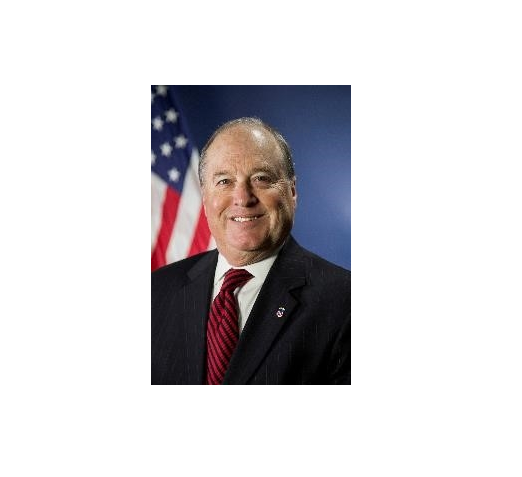
By: J. Douglas Overbey, United States Attorney
A 55-year-old man from Knoxville, Tennessee, sexually enticed a female minor while she was online. Evidence revealed at trial showed the man communicated with the minor, on numerous occasions, using a social media site, sending explicit sexual messages and requesting a meeting. A family member of the minor reported the inappropriate messages to law enforcement. After law enforcement initiated an undercover operation posing as the young girl, and within 48 hours, the perpetrator sent additional explicit sexual messages. The perpetrator received 10 years in federal prison.
This despicable act is just one of far too many instances where vulnerable individuals fall victim to online predators, scammers, and hackers, who perpetrate their crimes in our communities using technology. Fortunately, law enforcement was able to access the evidence necessary to bring this particular predator to justice. However, due to the spread of technology like “end-to-end” and “warrant proof” encryption, it is becoming increasingly difficult for law enforcement to access critical digital evidence, even when permitted by a court. This makes the job of protecting all Americans from terrorists, drug traffickers, and hackers, and, in particular, protecting children from online predators who seek to violate and exploit them, exceedingly difficult.
The COVID-19 pandemic has massively increased our online presence. While digital technology helps children continue their studies and stay connected with friends and families, this increased online presence also exposes children to predatory individuals on a previously unimaginable scale.
Child predators rely on digital apps and social media platforms to message and share images with potential victims, outside of the view of their caregivers and law enforcement. Increasingly, these internet platforms, through their own deliberate design, are unable to safeguard against criminals who can maintain anonymity due to “end-to-end” encryption.
“End-to-end” encryption prevents everyone except the participants in a digital conversation from viewing the content of messages, even when criminal activity is involved.
As a result, service providers can neither monitor their own platforms for illicit behavior nor produce readable content to law enforcement in response to court issued wiretap orders and search warrants. While encryption technology in general is an essential tool for protecting cybersecurity and privacy, “warrant-proof” forms of encryption allow perpetrators to avoid detection by law enforcement and limit access to vital evidence needed to bring criminals to justice or prevent crimes from happening in the first place.
Frequently, Attorney General William Barr has outlined the problems that arise when technology companies protect the privacy of individuals who seek to evade law enforcement and operate free of consequences without considering the other important values at stake. “End-to-end” encryption platforms turn the privacy of the unscrupulous into an absolute right contrary to society’s interests in public safety and without regard to the rights of potential victims of online exploitation.
A reasonable approach to encryption would balance the privacy and public safety interests of the community, by requiring makers of consumer devices and providers of online communication services to provide law enforcement with lawful access to encrypted data when authorized by a court of law.
As Attorney General Barr observed when commenting on a bill recently introduced in the United States Senate to address “warrant-proof” encryption, “Data security and public safety are not mutually exclusive. Encryption should keep us safe and secure, not provide an impenetrable safe haven for predators, terrorists, and criminals.”
Cybersecurity is a central part of the DOJ’s mission. It is one part of the broader safety net we can provide the American people: keeping data safe, personal information safe, and communities and schools safe. We all want safe, and secure private data; we also want safe and secure communities. And we can have both.


Bulloch Public Safety
12/12/2025 Booking Report for Bulloch County

Georgia Politics
Gov. Kemp to Sen. Padilla: Stop Playing Politics With American Hero

Bulloch Public Safety
12/11/2025 Booking Report for Bulloch County

Bulloch Public Safety
11/24/2025 Booking Report for Bulloch County

Bulloch Public Safety
12/01/2025 Booking Report for Bulloch County

Bulloch Public Safety
11/17/2025 Booking Report for Bulloch County

Bulloch Public Safety
11/26/2025 Booking Report for Bulloch County

Bulloch Public Safety
12/08/2025 Booking Report for Bulloch County






